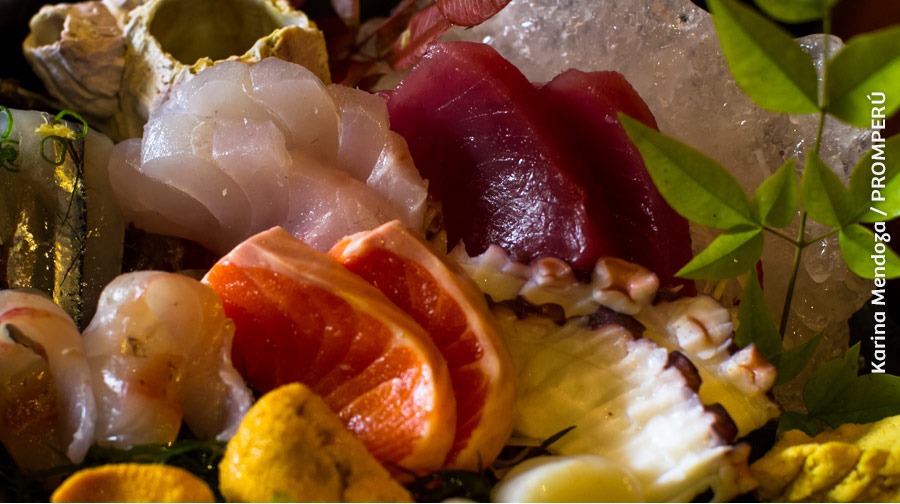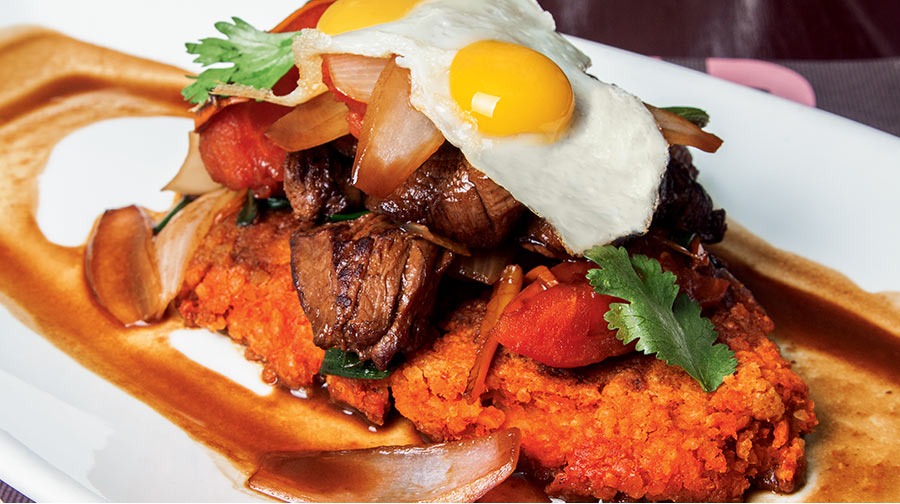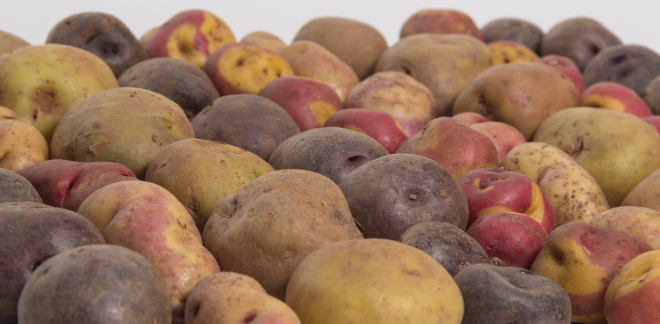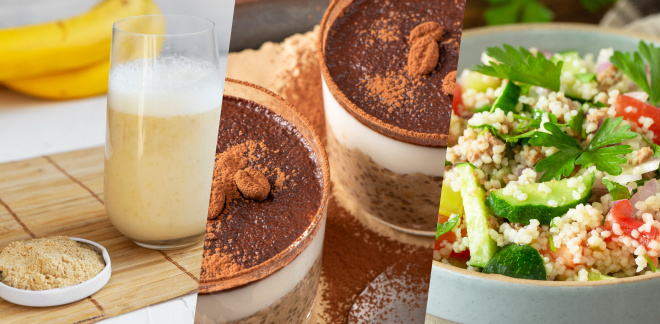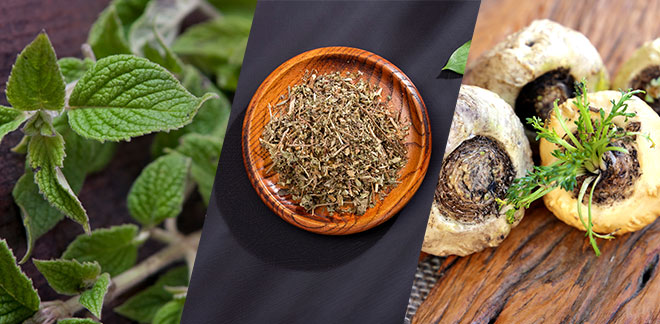Makis with a Peruvian flavor: all about the most delicious combinations of this Nikkei dish
Síguenos en:Google News
The fusion between Peruvian and Japanese food began more than 120 years ago. Since then, the enormous diversity of Peruvian ingredients and Japanese techniques have come together to create unparalleled dishes. The makis are proof of this.
The history of the fusion between Peruvian and Japanese cultures began in 1899, with the arrival of the Sakura Maru, the first ship to arrive in Callao from Japan. The ship brought 790 migrants, who arrived in our country as workers in the sugar plantations of the Peruvian coast. The descendants of these pioneers, as well as the thousands who arrived in later years, are known as Nikkei.
Nikkei gastronomy was born of a unique fusion on the planet: sophisticated Japanese cooking techniques and the megadiversity of ingredients available in Peru. Peruvian fruits, vegetables, fish, meats, grains and other ingredients opened up endless opportunities for the first Nikkei cooks.
Since then, after more than 120 years of joint history, Nikkei cuisine has become part of the broad Peruvian gastronomy. It is no coincidence that one of the most highly rated Peruvian restaurants worldwide is Maido, by Nikkei chef Mitsuharu ‘Micha’ Tsumura, which has been ranked for two years as the Best in Latin America in the prestigious list of the 50 Best Restaurants.
One of the most representative dishes of this fusion are the makis with Peruvian flavors and ingredients. These are varieties of Japanese sushi, in which the rice has a filling and is rolled in nori seaweed. It is in this filling where Peruvian creativity has been able to show its enormous variety and flavor.
INKA MAKI

Source: hanzo.com.pe
Created in the legendary Matsuei restaurant, which opened in 1973. Its owner Luis Matsufuji and the itamae (Japanese chef) Nobu Matsuhisa were two of the pioneers of Nikkei cuisine in Peru. The inka maki, stuffed with trout, shrimp and avocado, is considered the first signature dish of Nikkei gastronomy.
CEVICHE-STYLE MAKI
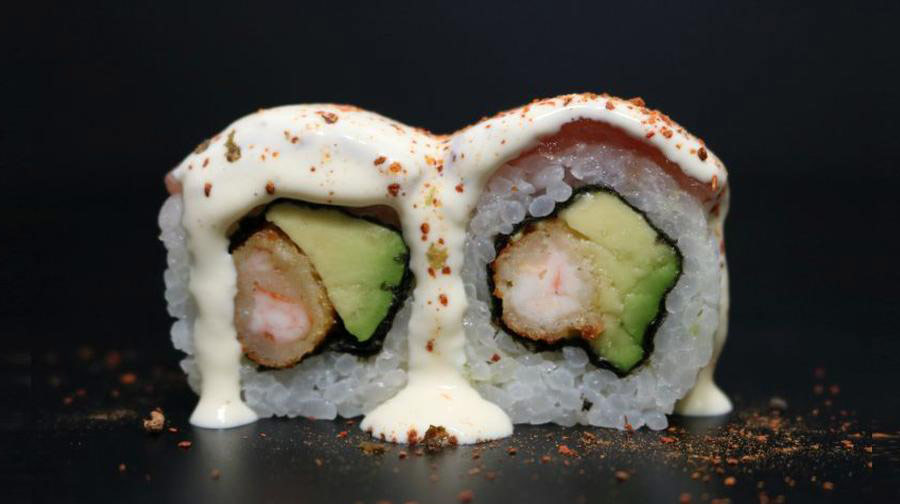
Source: peru21.pe
Its creation also dates back to Matsuei, but its popularity is attributed to another classic Nikkei restaurant: Edo. This maki reinterprets the flavors of the traditional Peruvian signature dish: cebiche. Although it turns it into a maki, it respects its spirit by including raw fish and acidity in its preparation. Today it is a must in sushi bars all over the country.
QUINOA MAKI
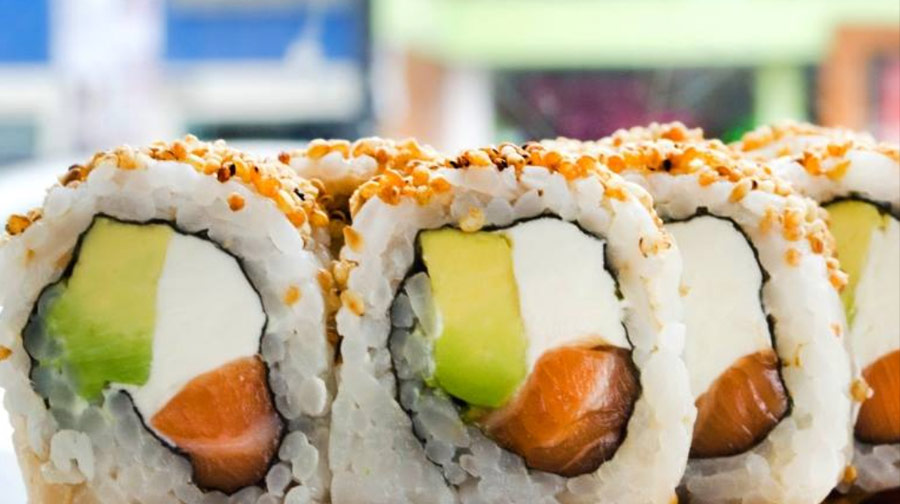
Source: Mr. Sushi Perú
From these first classics, a wide range of possibilities opened up and Nikkei chefs have taken a great advantage of them. For example, Andean grains are also used in their preparation. The quinoa maki includes fish, cream cheese, avocado and is covered by the grain to add a novel texture to the preparation.
LOMO SALTADO - (PERUVIAN BEEF STIR-FRY)
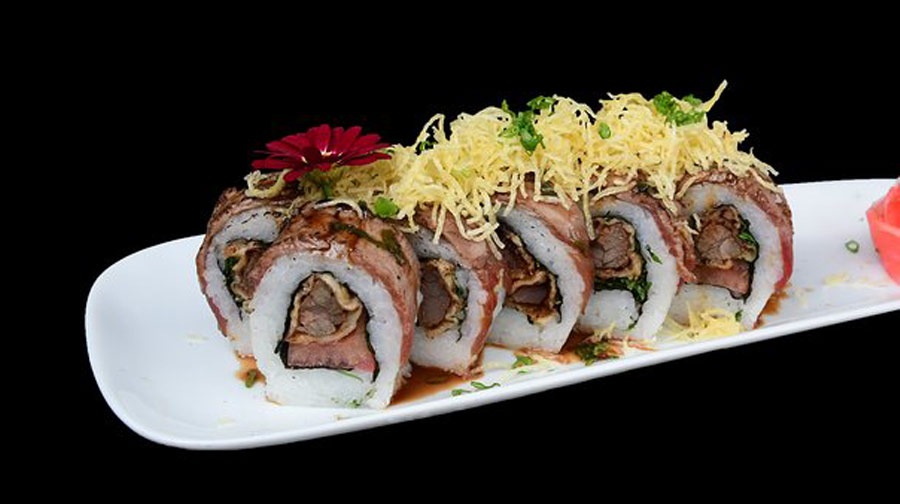
Source: Tripadvisor.com
The possibilities go much further. Not only seafood is represented in this fusion. Dishes like Peruvian Beef Stir-fry can also be adapted in maki form. The tenderloin meat, flambéed in soy sauce, as the original recipe dictates, acts as the filling. The French fries become small crispy potato strings that decorate the maki.
HUANCAINA MAKI
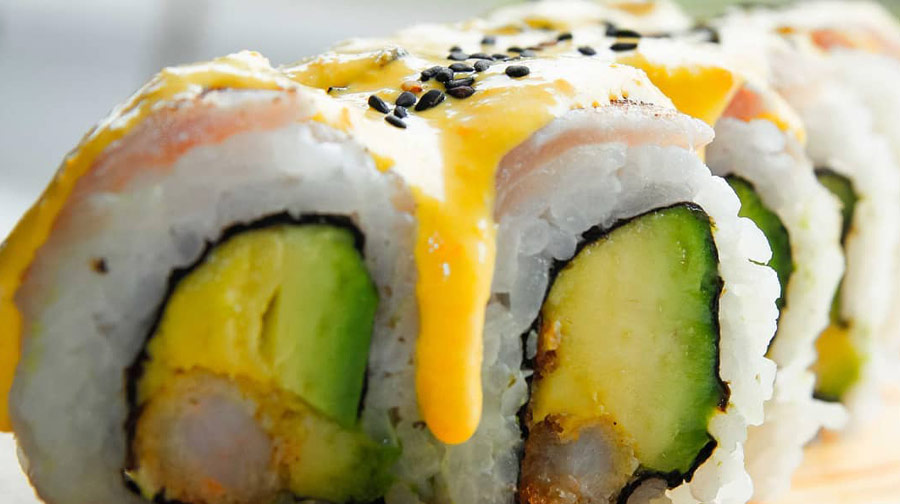
Source: Mr. Sushi Perú
The traditional and delicious Peruvian sauce, prepared with Peruvian yellow chili pepper, milk, cheese and crackers, has also found its way into Nikkei cuisine. It is usually served to accompany a breaded shrimp and avocado maki. The touch of spiciness works very well in the fusion between Peruvian and Japanese cuisine.


